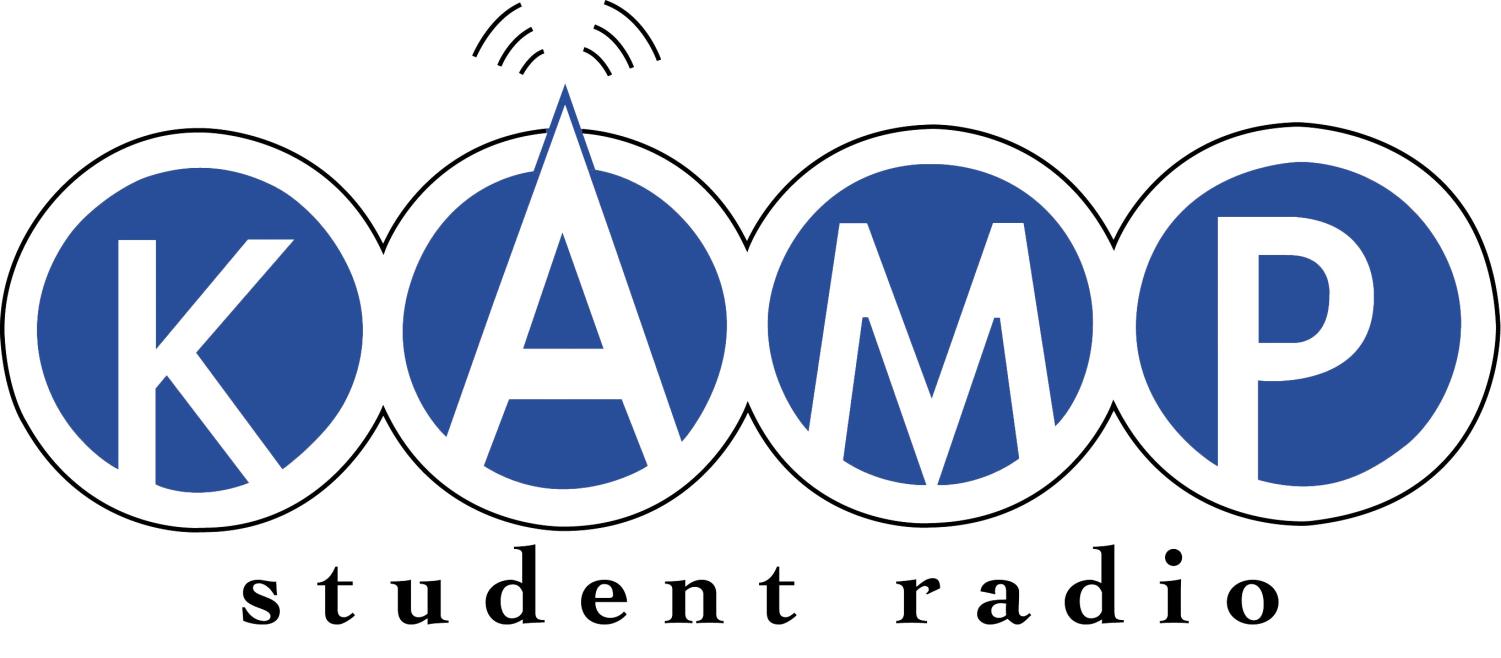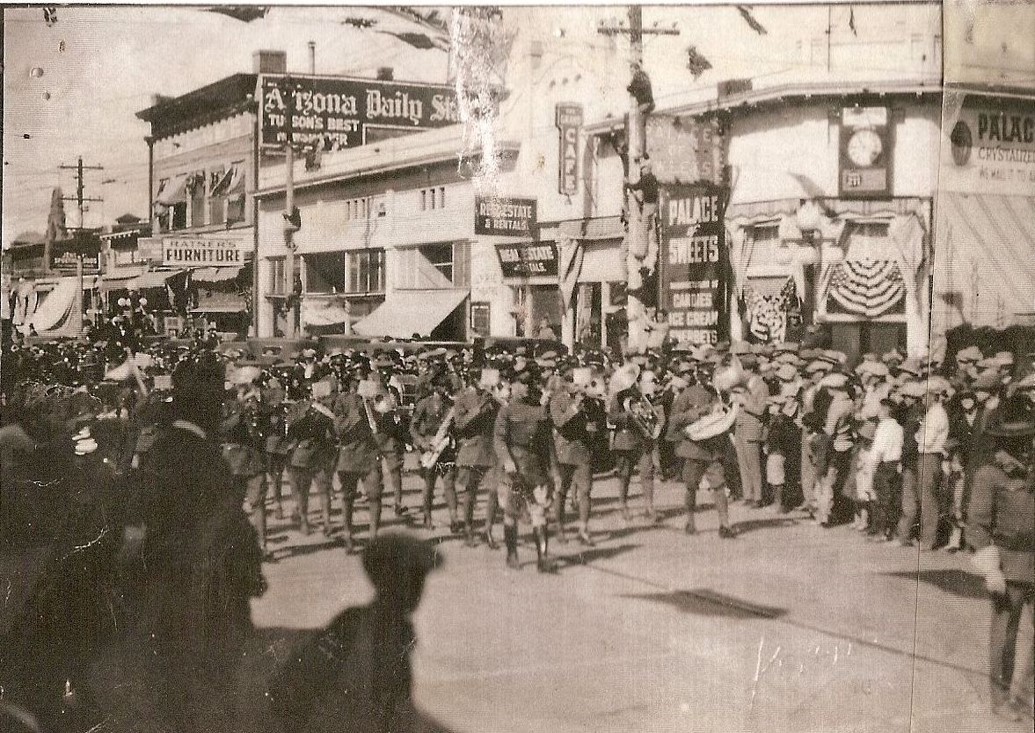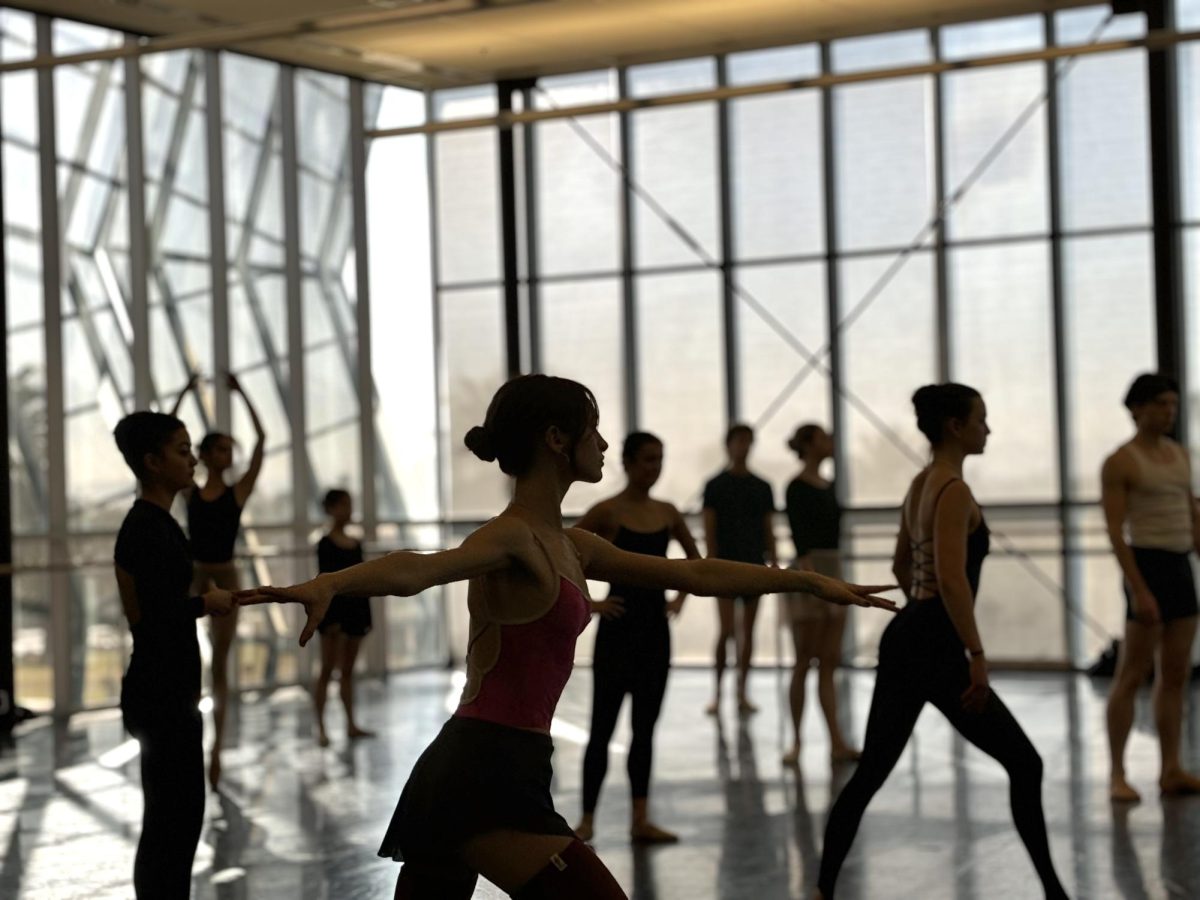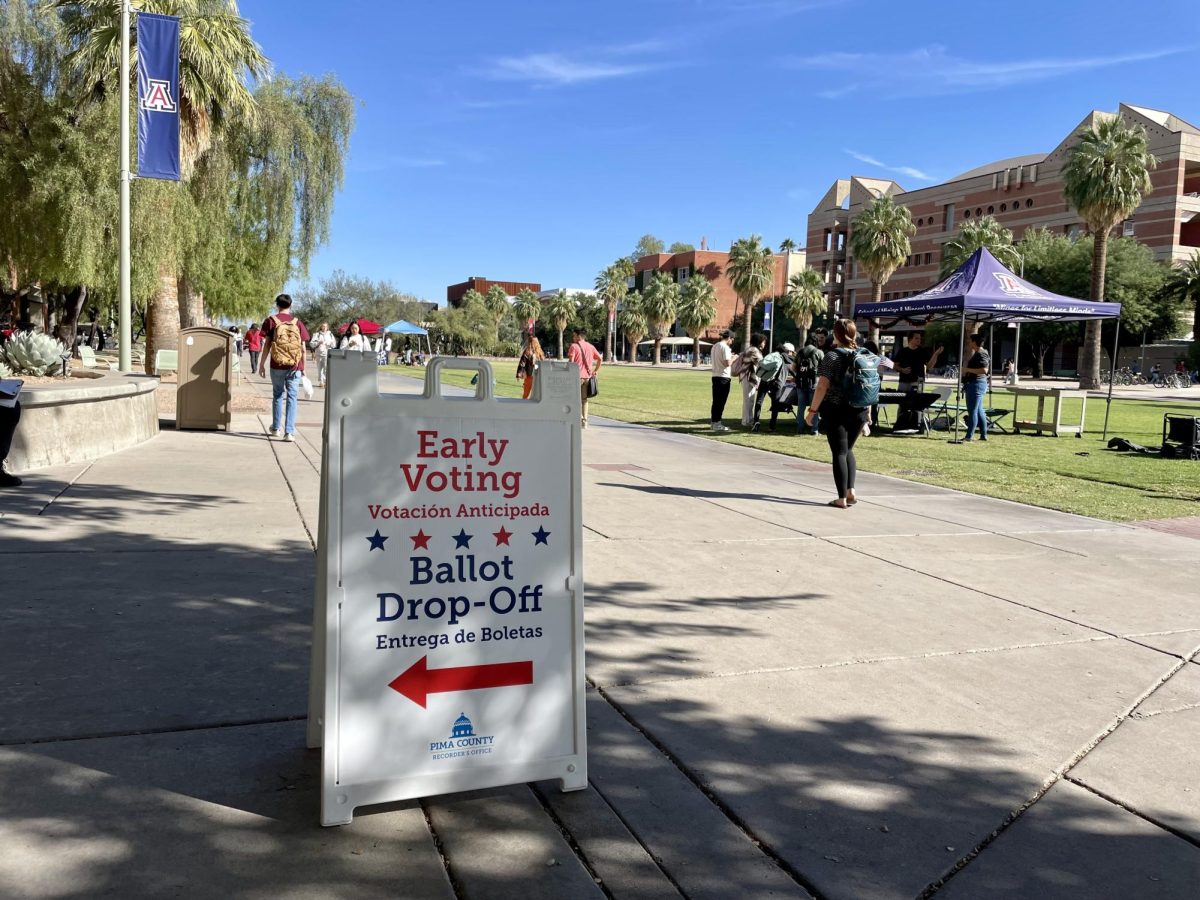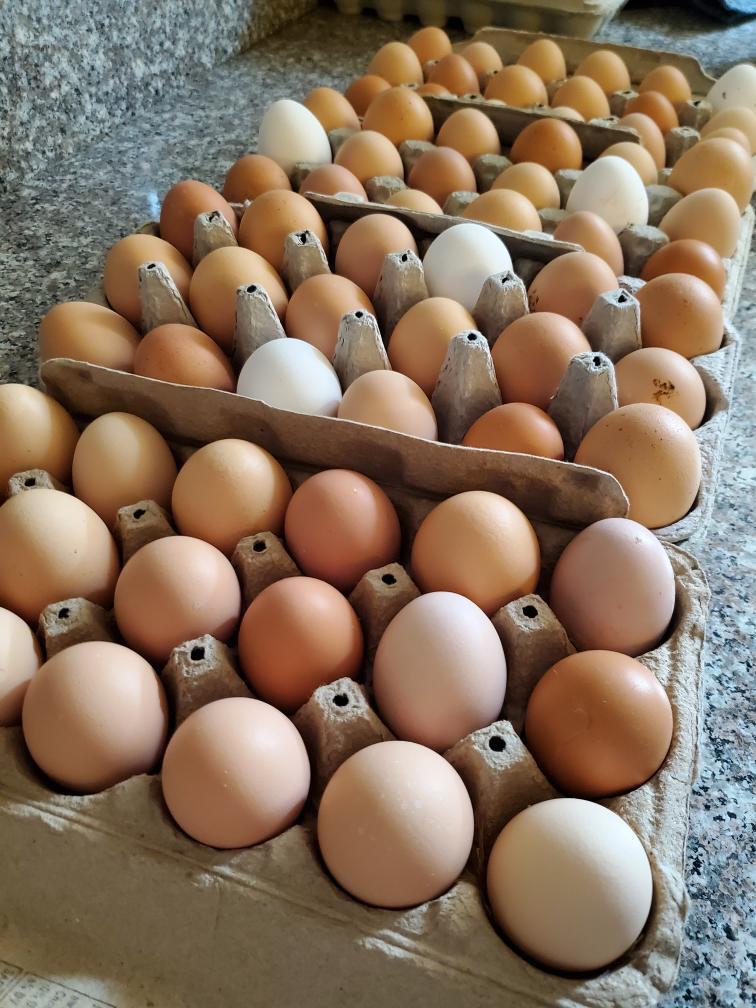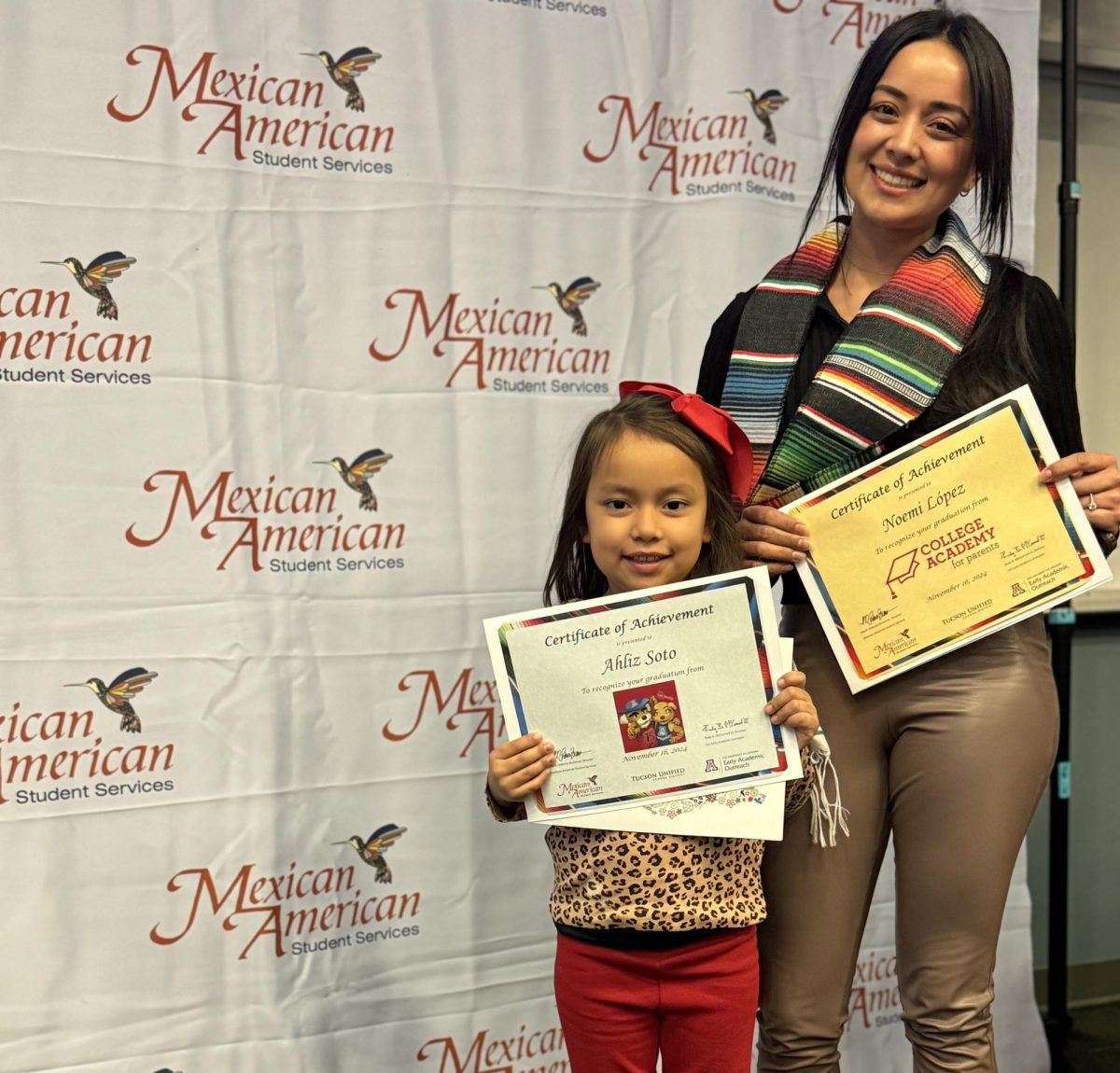As the Tucson Rodeo Parade celebrates its 100th anniversary, the community is coming together to honor a tradition that has endured for generations.
The parade, the largest non-motorized procession in the country, remains a defining part of Tucson’s identity.
The event traces its origins to 1925, when local business leaders sought to boost tourism and highlight the region’s cowboy heritage. Ranching and cattle drives played a central role in Southern Arizona’s development, and organizers saw an opportunity to showcase the area’s Western way of life.
Frederick Leighton Kramer and a group of local businessmen organized the first parade, which featured horse-drawn wagons, cowboys and dignitaries making their way through Tucson’s dusty streets. The public embraced it immediately, and the event quickly grew in size and significance.
La Fiesta de los Vaqueros rodeo followed soon after, drawing competitors and spectators from across the Southwest.
Herb Wagner, secretary of the board and chairman of the Entries and Lineups Committee, said the rodeo’s longevity is a testament to past generations handing down their enthusiasm for the event.
“My parents grew up with cowboy movies, and I had the same experience with Western films and TV shows,” he said. “They took me to the parade and rodeo when I was young, and those memories inspired me to take my son. I’m sure his experiences will bring his children out to enjoy it as well.”
Wagner said that for one week a year, “southern Arizona becomes the Old West.”
“It’s a mystique that permeates everyone, foreign and domestic,” he said.
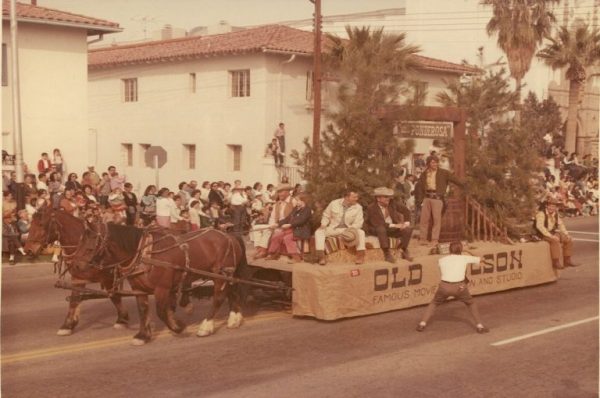
Over the decades, the parade has expanded to highlight Tucson’s diverse cultural history. Indigenous groups, Mexican vaqueros and Buffalo Soldiers — each of whom played a role in shaping the region — became essential parts of the event.
It has also remained a cherished family tradition, with generations of Tucsonans returning year after year to watch and participate. Despite modern advancements, organizers have preserved its historic authenticity by keeping the parade strictly non-motorized.
To kick off festivities this year, The Maverick King of Clubs Country Night Club hosted a fundraiser benefiting the Tucson Rodeo Parade Committee, on Jan. 23, helping ensure that the centennial celebration will be one to remember. The event brought together rodeo supporters for a night of live country music, dancing and community engagement.
“It’s about giving back to the community and being part of something so important to Tucson,” said Maverick Manager Derrick Stephens. “It’s the perfect partnership — you have Country-Western music, a barn dance, the rodeo, the museum and the parade. It’s all history.”
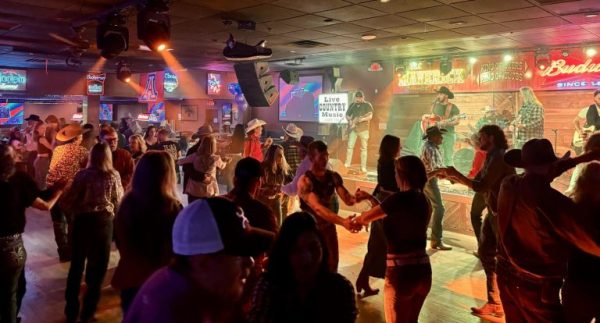
On Jan. 27, organizers announced this year’s 11 grand marshals — all direct descendants of rodeo founder Kramer. Mary Ray, one of the marshals, said she was proud to carry on the tradition her great-grandfather started.
“It’s a privilege to celebrate his legacy, especially since he played such a significant role in creating the Celebration of the Cowboys,” Ray said during the press conference announcing the marshals.
Great-granddaughter Debby Butterbaugh said she was confident that her great-grandfather would be pleased with the success of the rodeo today.
With the parade just days away, Tucson is preparing for a historic procession featuring more than 130 entries, including 500 horses, 85 wagons, 11 marching bands and some 2,300 participants. The lineup will include local and national dignitaries, Native American tribal leaders, historical wagons, colorful floats, mariachis, rodeo royalty and working cowboys.
Longtime participants including the League of Mexican American Women, Tucson Arizona Boys Chorus and the Mormon Battalion — each with more than 45 consecutive years in the parade — will return to celebrate the centennial.
Beyond its cultural significance, the Tucson Rodeo and Parade serve as a major economic driver for the city. The event attracts thousands of visitors each year, generating about $14 million revenue for local businesses, Wagner said.
“People plan their vacations around rodeo week, boosting local businesses and supporting the economy,” he said.
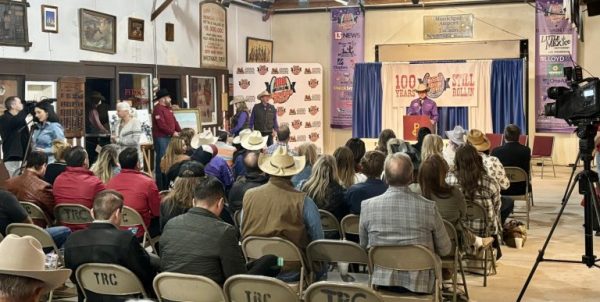
As the city prepares for this historic milestone, organizers and supporters hope the centennial parade will reinforce the traditions and values that have defined it for the past 100 years.
“I think people are going to enjoy the colorful entries, the music, and the celebration of our multicultural heritage in the Southwest,” Wagner said. “The Hispanic community, the Anglo community, the Chinese community that helped settle this area, and, of course, the African Americans who came with the Buffalo Soldiers — all of them are part of this history.”
The 100th Tucson Rodeo Parade will take place at 9 a.m. on Feb. 20, starting at South 12th Avenue and Drexel Road, and traveling east on Drexel to South Nogales Highway before ending at East Irvington Road. For more information, visit https://www.tucsonrodeoparade.org/.
Arizona Sonoran News is a news service of the University of Arizona School of Journalism.

